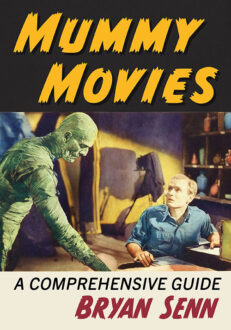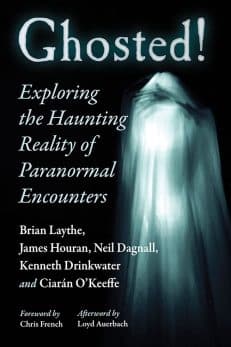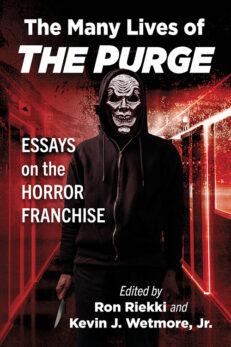
Coastal NC folks: stop by for a look at works by our busy and talented Wilbur D. Jones, Jr.
Photographs by Wilbur D. Jones Jr.
4-8 p.m. February 25, 2015
Hannah Block Historic USO / Community Arts Center
120 South Second Street / Downtown Wilmington
This exhibit of photographs spanning seven decades by a globe-trotting Wilmington native will be on display fromFeb. 25 through March 26, 2015. The exhibit will open with a reception from 4 to 8 p.m. on Feb. 25 in the USO/Community Arts Center, featuring beer, wine, hors d’ouevres and music by Duke Ladd. Exhibit hours are 9 a.m. to 9 p.m. Monday through Thursday, 9 a.m. to 5 p.m. Friday, and 9 a.m. to 1 p.m. Saturday. The public is invited and admission is free. The photographs are the work of Wilbur D. Jones, Jr., a Wilmington author and military historian. A retired Navy captain, former assistant to President Gerald Ford and World War II historical tour leader, Jones took photographs in dozens of countries all over the world from 1956 to 2014. His wide variety of images cover the people he encountered, landscapes and cityscapes, cultural sites and the aftermaths of wars, both ancient and modern. While his historical specialty took him to numerous World War II battlefields in Europe and the Pacific, some of which are featured in the show, Jones’ photographs span a much broader range. Examples include street life in Hong Kong and Japan in the 1950s, ruins of medieval castles along the Rhine, and the present-day waterways and domestic life of Holland. Jones’ travels have taken him to 30 countries on four continents, plus most of the major island groups in the Pacific, and to dozens of the world’s greatest cities, from Amsterdam to Tokyo. He is a member of the Cape Fear Camera Club and of the Wilmington Art Association.










 On April 1st, 1979, founder Robert McFarland Franklin departed Plainfield, New Jersey, heading south in a Volkswagen bug towing a U-Haul. With wife Cheryl behind the wheel, Robert began company operations on a yellow pad in his lap.
On April 1st, 1979, founder Robert McFarland Franklin departed Plainfield, New Jersey, heading south in a Volkswagen bug towing a U-Haul. With wife Cheryl behind the wheel, Robert began company operations on a yellow pad in his lap.
 Kalamazoo, Michigan, is the home of Bell’s Brewery and the
Kalamazoo, Michigan, is the home of Bell’s Brewery and the 




 Noted authority Dr. William R. Short, the author of
Noted authority Dr. William R. Short, the author of 



